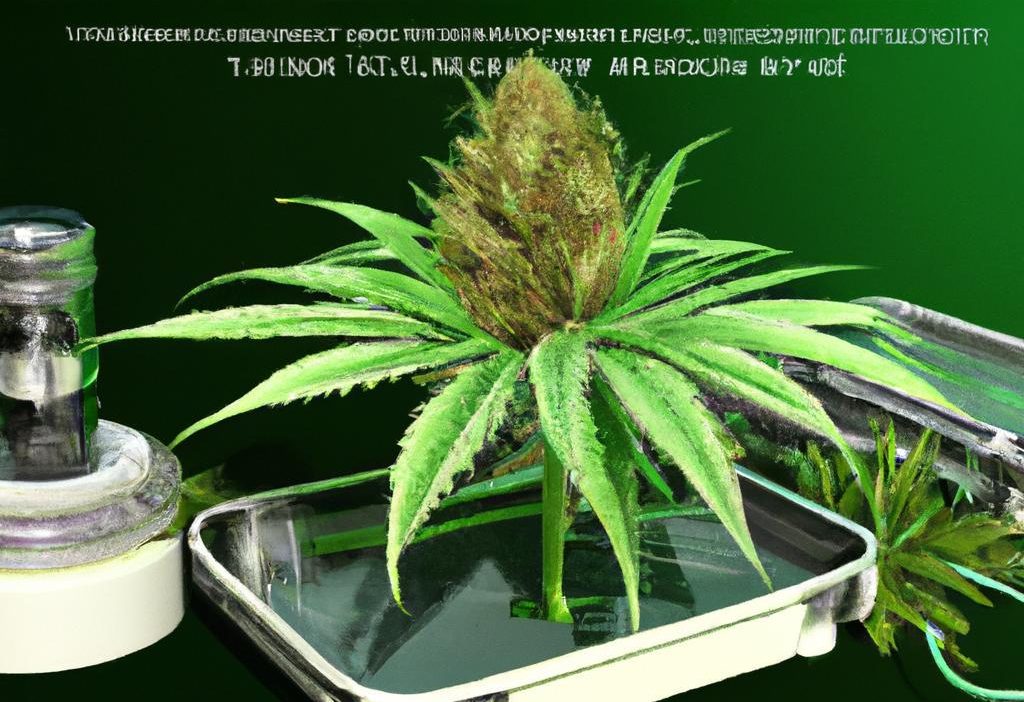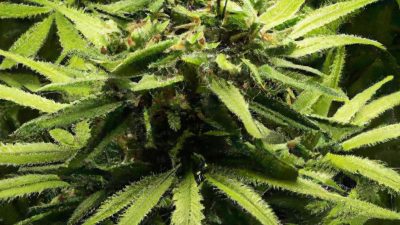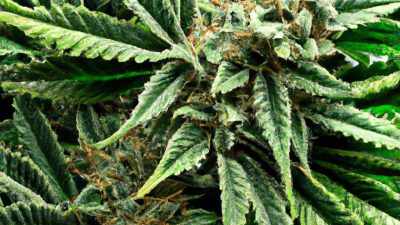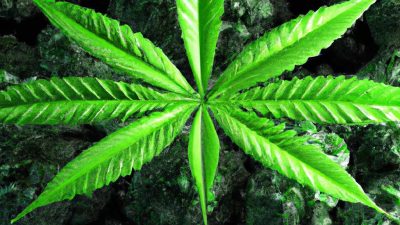
can Your Equipment Handle Terpene Preservation?
Terpene preservation is one of the most critical aspects in modern cannabis post processing, influencing everything from flavor to therapeutic efficacy. But can your processing equipment meet the challenge? This article explores how your cannabis technology impacts terpene retention, why it matters, and what you can do to optimize your equipment for better preservation.
Understanding Terpenes and Their Importance in Cannabis
Terpenes are aromatic compounds found in the cannabis plant that provide its distinct flavors and scents, ranging from piney and earthy to fruity and citrusy. Beyond aroma,terpenes interact synergistically with cannabinoids like THC and CBD,enhancing the overall therapeutic and psychoactive effects – a phenomenon known as the “entourage effect.”
Preserving these volatile compounds during cannabis processing is vital for creating high-quality products that satisfy consumers and maximize the plant’s medicinal benefits.
Why Terpene Preservation Is a Challenge in Cannabis Processing
Terpenes are extremely sensitive to external factors such as:
- Heat: Many terpenes evaporate or degrade at temperatures above 130°F (54°C), commonly encountered during drying, curing, and extraction.
- Oxidation: Exposure to oxygen can cause terpenes to break down and lose their potency.
- Light exposure: UV light accelerates terpene degradation and affects cannabinoid stability.
- Time: extended storage or processing time without proper conditions leads to terpene loss.
Thus, the right equipment must minimize heat exposure, reduce oxygen contact, and control environmental conditions to preserve terpene profiles.
Key Equipment Features for Effective Terpene Preservation
When evaluating your cannabis processing and post processing equipment, consider these essential features to safeguard terpene content:
- temperature Control: Precise, programmable temperature settings help keep processing within terpene-safe ranges.
- vacuum Chambers: Vacuum-assisted drying or extraction prevents oxidation and terpene loss.
- Inert Gas Purging: Using nitrogen or CO2 in closed systems reduces oxygen exposure.
- Light-Blocking Materials: Opaque or UV-protective chambers prevent terpene breakdown.
- Humidity Regulation: Optimal moisture control during drying and curing maintains terpene stability.
Comparing Common Cannabis Processing Equipment and Their Terpene Preservation Capabilities
| Equipment Type | Terpene Preservation Strengths | Potential Drawbacks | Ideal Use Case |
|---|---|---|---|
| Freeze Dryers (Lyophilizers) | Excellent temperature control; minimizes heat damage and oxidation | High upfront cost; longer drying times | Premium flower drying requiring high terpene retention |
| Vacuum Ovens | Reduced oxygen preserves terpene profiles effectively | Limited capacity; requires close monitoring | Small-batch curing and drying |
| Rotary Evaporators (Rotovaps) | Gentle solvent removal preserving delicate terpenes | Complex operation; not ideal for bulk processing | Extraction processes focusing on terpene-rich concentrates |
| Customary Hot-Air Dryers | Efficient and scalable | High heat risks terpene evaporation | Large-scale, low-budget operations prioritizing throughput |
Practical Tips to Maximize Terpene preservation with your Existing Equipment
Even if your current cannabis processing setup lacks advanced features, you can implement strategies to improve terpene retention:
- Lower Drying Temperatures: Adjust drying and curing protocols to use temperatures below terpene degradation points.
- Limit Oxygen Exposure: Store cannabis in airtight containers with inert gases if possible.
- Shorten Processing Times: Faster but controlled drying reduces terpene loss.
- Optimize Humidity: Maintain 55-65% RH during curing to retain aromatic compounds without mold risk.
- Regular Equipment Calibration: Ensure your temperature and vacuum systems operate accurately.
Case Study: terpene Preservation in Industrial Cannabis Extraction
At GreenTech labs, upgrading their extraction suite with vacuum ovens and nitrogen purging drastically improved terpene retention in final concentrates. Prior to the upgrade, terpene profiles dropped by up to 40% after extraction.Post-upgrade, terpene retention averaged 85%, leading to better flavor, increased consumer satisfaction, and higher market value.
This case exemplifies the impact of investing in terpene-safe processing equipment for competitive advantage.
Why Terpene Preservation Should Be a Priority for Cannabis Producers
Preserving terpenes is more than a quality concern; it directly influences the brand reputation, product differentiation, and consumer loyalty in the rapidly expanding cannabis marketplace. As consumers become increasingly knowledgeable, demand for terpene-rich products grows, making it vital that cannabis science and technology keep pace.
Equipments that prioritize terpene preservation represent a future-focused investment that can improve product efficacy, enhance sensory appeal, and maximize revenue.
Conclusion
Can your equipment handle terpene preservation? It’s a question every cannabis grower, processor, and extractor should ask in today’s competitive landscape. Understanding the delicate nature of terpenes and the equipment features that safeguard these compounds is essential for maintaining product quality and ensuring customer satisfaction.
Whether upgrading your curing rooms with vacuum ovens, integrating freeze-drying technology, or fine-tuning operational parameters, prioritizing terpene preservation will considerably elevate your cannabis products. By investing in the right cannabis post processing equipment, you not only preserve precious terpenes but also reinforce your place in a thriving marketplace were quality reigns supreme.





